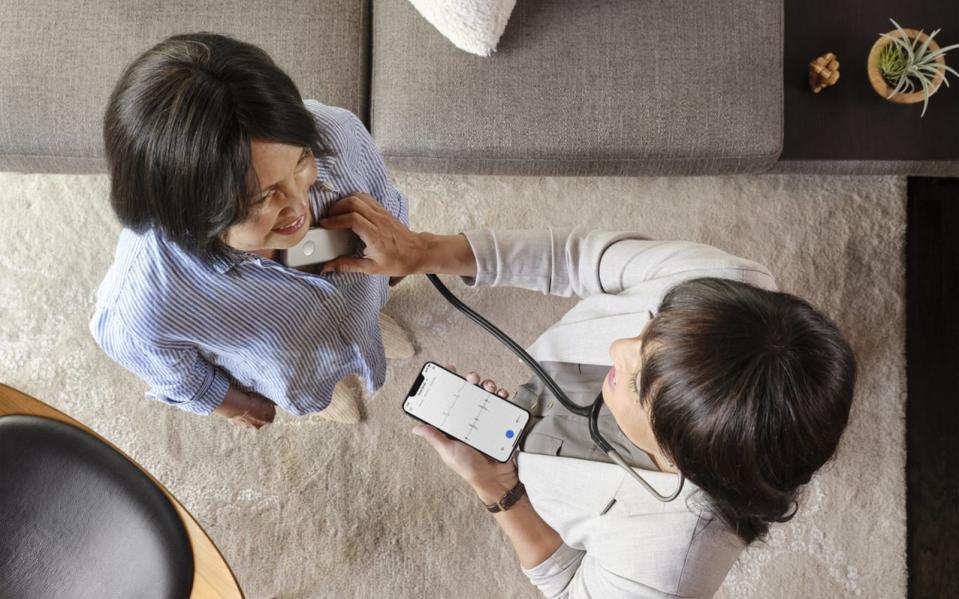Engadget has been testing and reviewing consumer tech since 2004. Our stories may include affiliate links; if you buy something through a link, we may earn a commission. Read more about how we evaluate products.
The FDA is fast-tracking an algorithm that screens for heart failure
The algorithm uses 15 seconds of ECG data to screen for heart failure.
Today, the FDA granted "breakthrough status" to an algorithm that could make screening for heart failure more accessible -- both in traditional clinics and telehealth settings. The algorithm uses a deep neural network developed by digital health company Eko and Mayo Clinic. With as little as 15 seconds of electrocardiogram (ECG) data, it can identify Left Ventricular Ejection Fraction (LVEF), a measure that's commonly used to diagnose patients with heart failure.
The algorithm was introduced in a study published in Nature Medicine in January 2019. It was trained on 44,959 patients and tested on 52,870 patients. In those initial tests, it showed 87.5 percent accuracy.
The algorithm is designed to work with Eko's DUO digital stethoscope. The handheld device can be placed on the left side of a patient's chest and collects both heart sounds and ECG data. The device could make gathering that ECG data easier during routine exams, and in the future, it could be used in telehealth settings. Patients might use the device at home, and the data, including the algorithm's findings, would be sent to their healthcare provider.
The "breakthrough" designation indicates that the FDA sees the algorithm as a potential solution for an unmet medical need for a life-threatening disease. It will help accelerate the FDA's regulatory review process. Though, it's too soon to say if or when the algorithm will receive FDA clearance. If the algorithm is sold in the future, Mayo Clinic says it will use any revenue it receives to support patient care, education and research.

 Yahoo Finance
Yahoo Finance 

